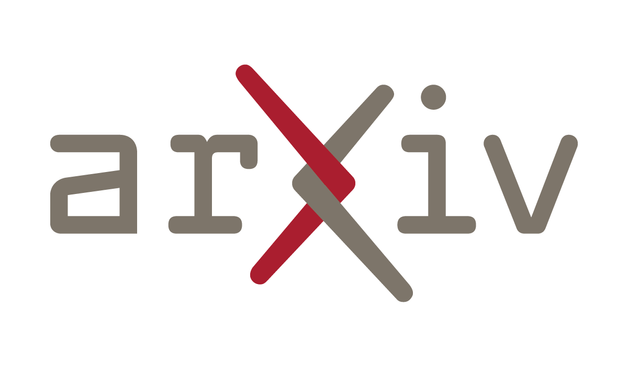Just yesterday, I was musing to a (younger) research visitor, "I hope that within my lifetime we will still see another breakthrough on the bounds for R(3,k)"...
https://arxiv.org/abs/2505.13371
I am excited to see what developments follow on from here!
(Also that old adage: just as soon as you publish a survey (https://arxiv.org/abs/2501.03379) it is out of date.)
#math #mathematics #combinatorics #ExtremalCombinatorics #graphtheory #probability

A new lower bound for the Ramsey numbers $R(3,k)$
We prove a new lower bound for the off-diagonal Ramsey numbers, \[ R(3,k) \geq \bigg( \frac{1}{3}+ o(1) \bigg) \frac{k^2}{\log k }\, , \] thereby narrowing the gap between the upper and lower bounds to a factor of $3+o(1)$. This improves the best known lower bound of $(1/4+o(1))k^2/\log k$ due, independently, to Bohman and Keevash, and Fiz Pontiveros, Griffiths and Morris, resulting from their celebrated analysis of the triangle-free process. As a consequence, we disprove a conjecture of Fiz Pontiveros, Griffiths and Morris that the constant $1/4$ is sharp.
